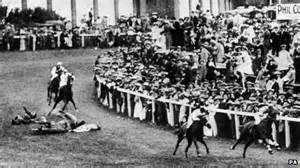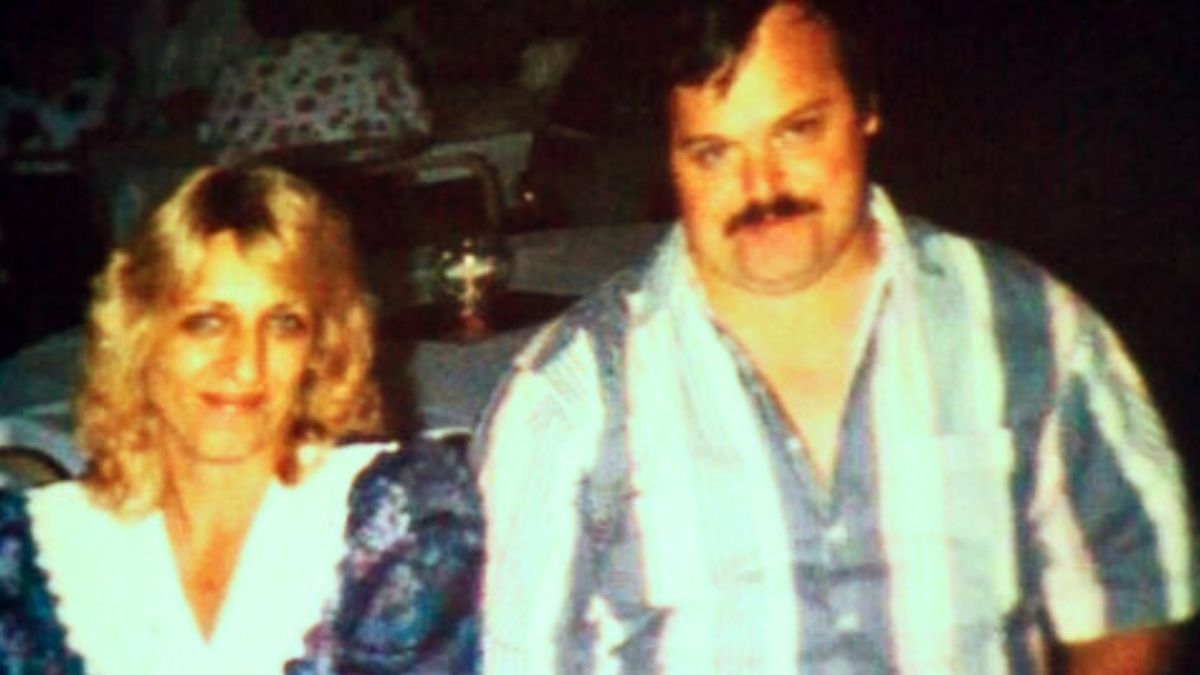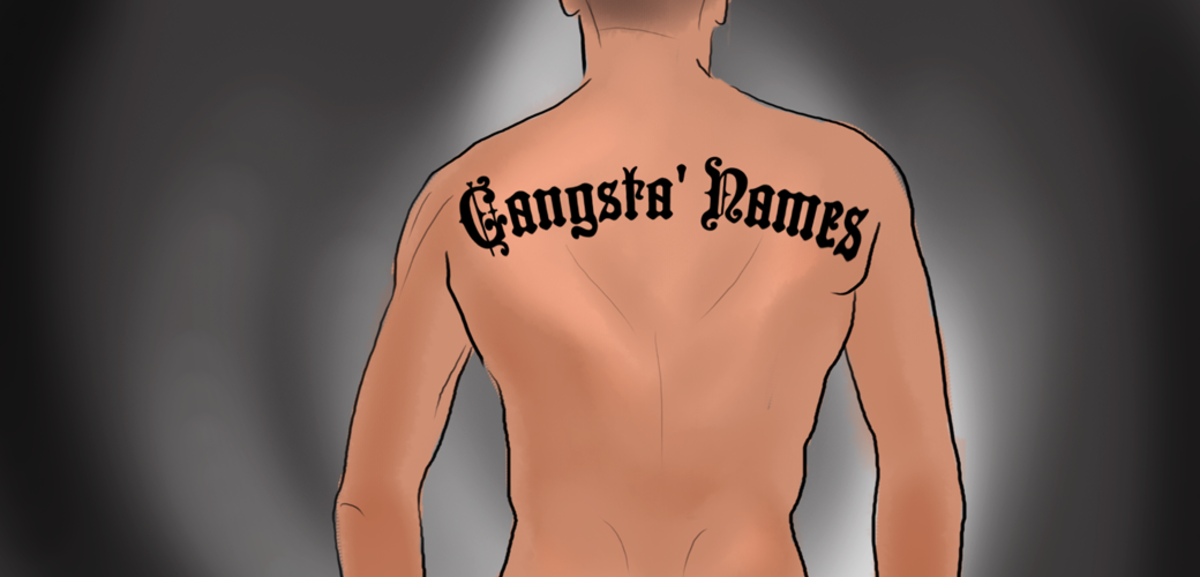Suffragettes: The Unfortunate Death of Emily Wilding Davison.

Suicide said many but what do you think?
She died for the cause.
It was Derby Day 1913. The King George V had a horse in the running of what is a famous annual race, The Epsom Derby. On the long left hand bend before the home straight Emily Wilding Davison was waiting. As the horses approached at full gallop she ducked beneath the rails and ran onto the racecourse. She rushed in front of the Kings horse holding her hands high, she was hit by the horse which fell forward to the ground unseating his rider. The horse Amner stood up Emily and Amners rider the renowned jockey Herbert Jones did not. The time is recorded as 3.10pm on June 4th 1913. Herbert was not badly injured, Emily was unconscious, she was rushed to the nearby Epsom Cottage Hospital where she was found to be in a coma. Efforts were made to relieve pressure on her brain but to no avail. She died four days later on the 8th of June without regaining consciousness.
Who was Emily.
She was born on October 11th 1872. Being a Landowner she grew up to great privilege. As a young woman she attended London University graduating with a BA. From there she moved on to Oxford and gained a first class honours degree. She was greatly unhappy that women were not allowed to vote. Men employed by her estate were allowed to vote, yet she was denied the opportunity. To Emily this was blatant discrimination against women and it had to stop.
The Suffragettes.
Emily joined the Suffragettes and became a leading figure in the movement. She took part in attacks on property, amongst other things and was imprisoned, at one point going on hunger strike and being force fed. On another occasion she barricaded herself into her cell, the cell was flooded and the door broken down. Emily was sat there soaked to the skin her facial expression said it all. This treatment only made her stronger and more determined. It was thought that during this time she decided to make the ultimate sacrifice. Embarrass the royal family, perhaps bring down the government, bring the Suffragettes to the notice of Europe and die for the cause. Emily was jailed on several occasions including; Two months for obstruction / Two months for stone throwing in Manchester / One month for stone throwing in Radcliffe near Manchester / One month for breaking windows in the House of Commons / Six months for setting fire to post boxes in London / Ten days for assaulting a vicar she had mistaken for Lloyd George. She did indeed posses a social conscience.
The ultimate sacrifice or the ultimate folly.
An inquest was held and for the people that upheld the suicide theory there were some surprising results. Beneath her coat Emily had a banner this surely she meant to unfurl. The banner was in the Suffragettes colours as was a scarf tied around her waist. In addition she carried a concealed flag in the same colours, surely she meant to unfurl this along with the banner. There was one other thing on her person, it was the return half of the rail ticket she had bought from Victoria Station in London. In the coroners comments he said 'It is exceedingly sad that an educated lady should sacrifice her life in such a way. The verdict on her death was misadventure.
The Funeral.
At Emily's London funeral her carriage was pulled by four black horses, three Suffragettes marched on either side of the carriage. One of the six was Sylvia Pankhurst. In the procession were ex women prisoners, hunger strikers and supporters. At St Georges Church in Bloomsbury it is claimed that up to 6,000 women attended the service. Observers reported up to 50.000 people lined the streets to watch the funeral procession pass by. The following day Emily's coffin arrived by rail in Morpeth her home town in Northumberland. Crowds turned out for her arrival, Emily was buried in the family grave.
Equal voting rights were given to both men and women in 1928.
The Suffragettes.
The Suffragettes Emily Davis.
© 2013 Graham Lee





